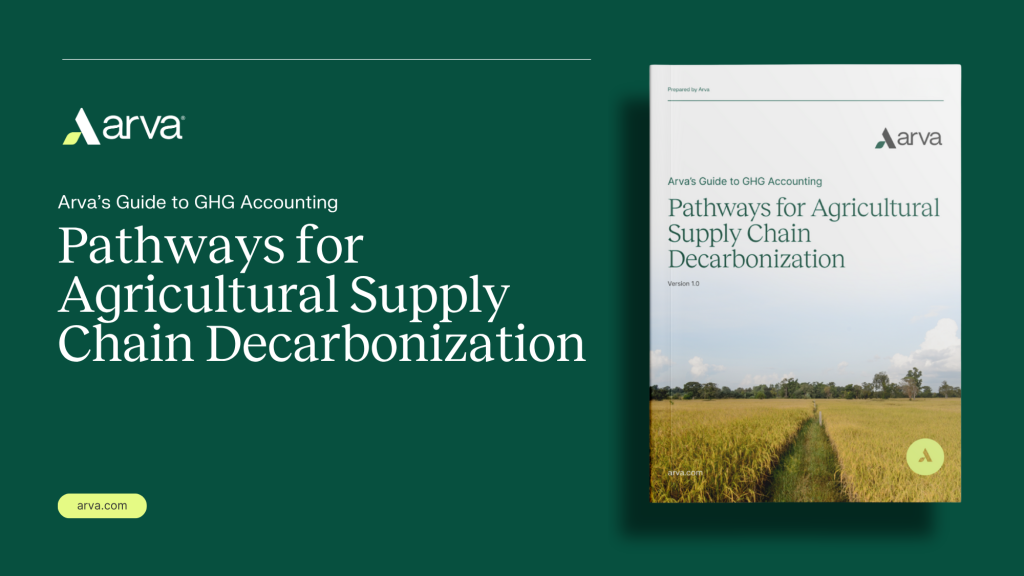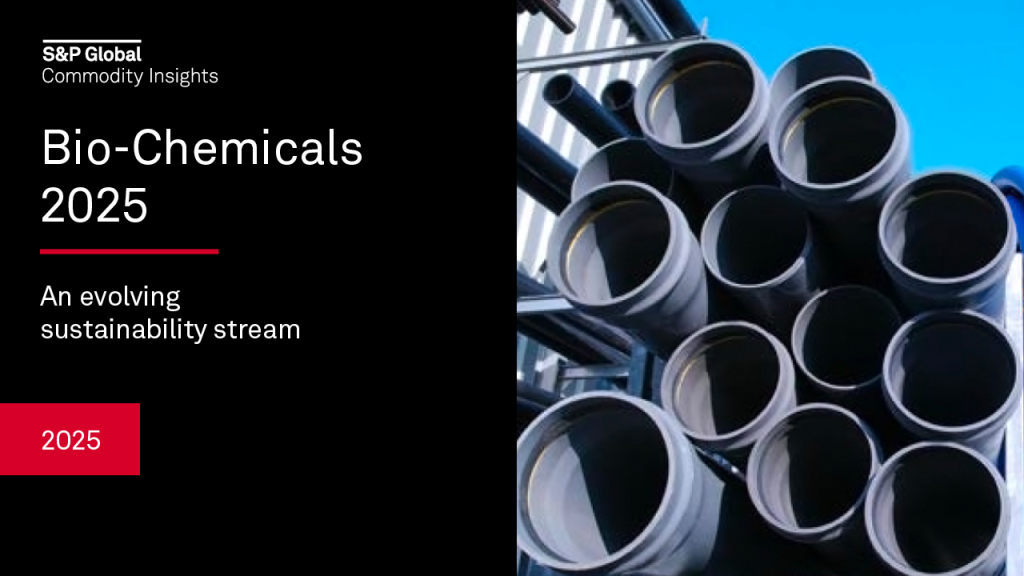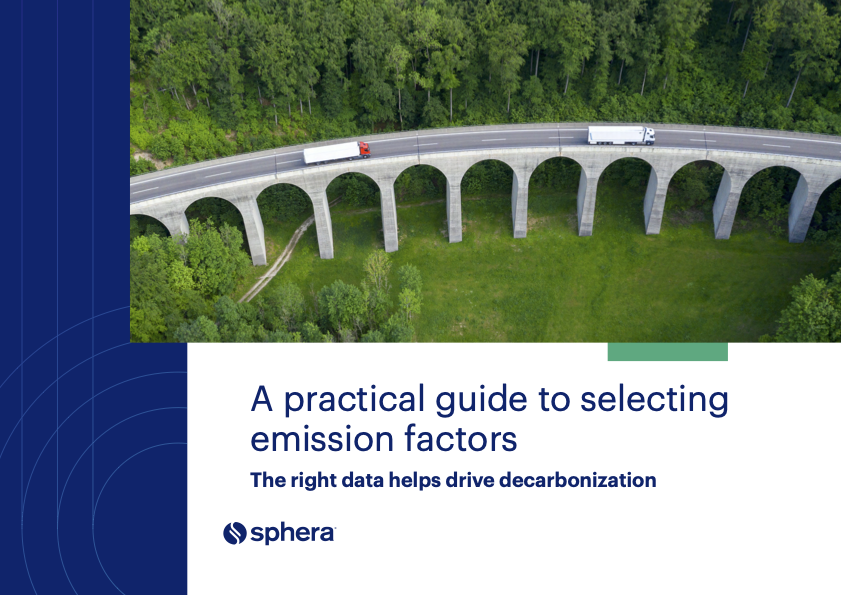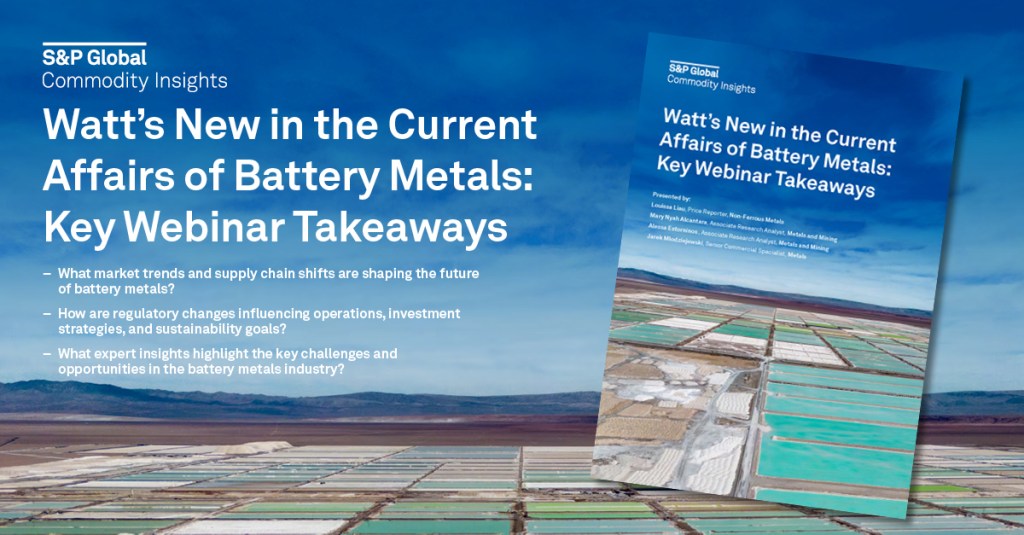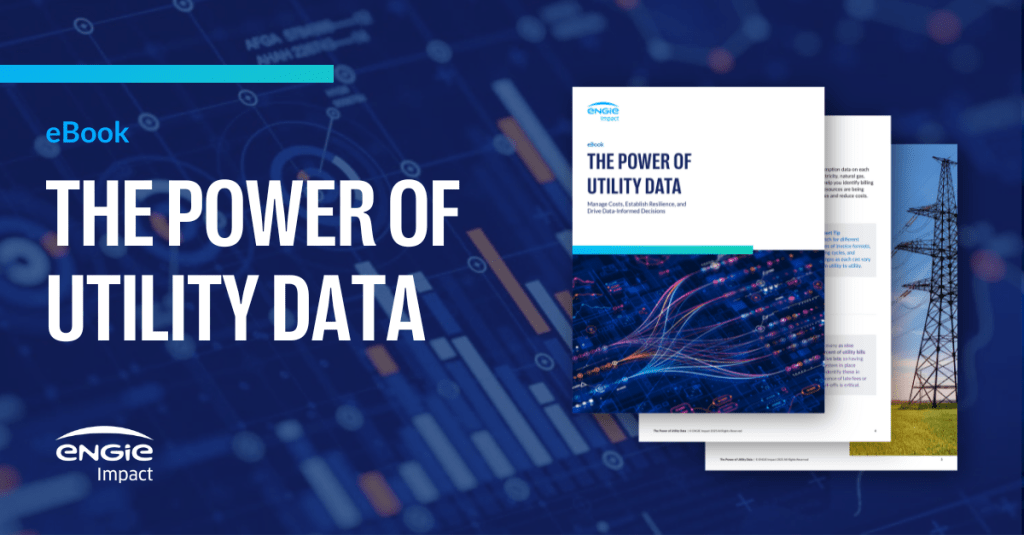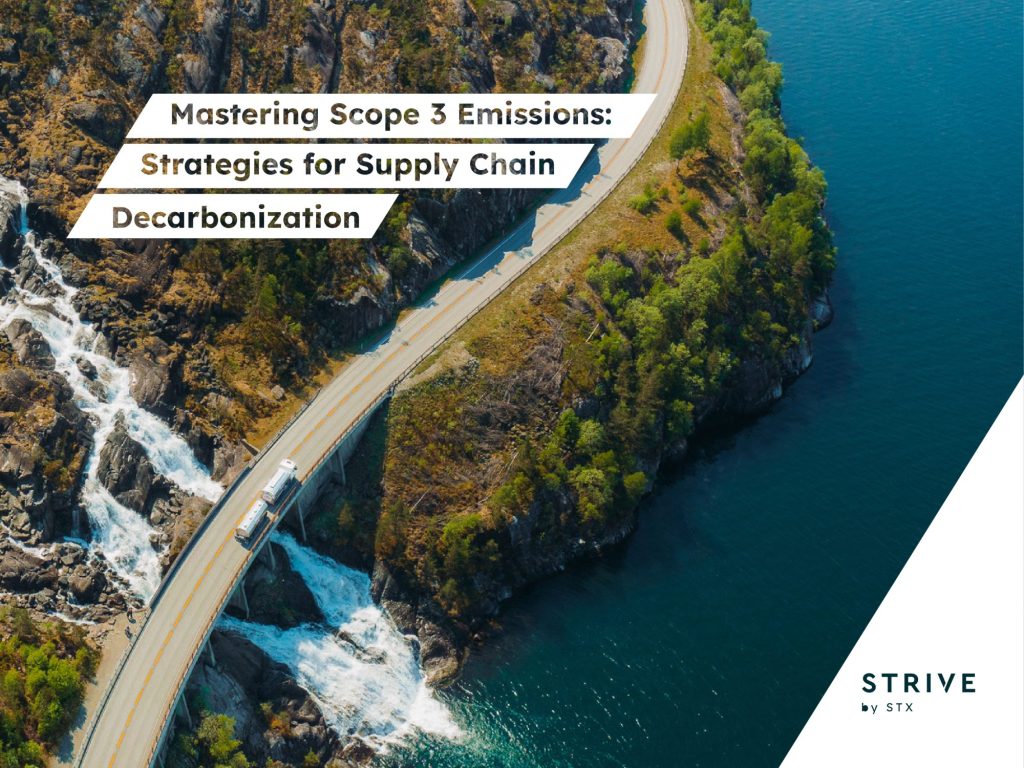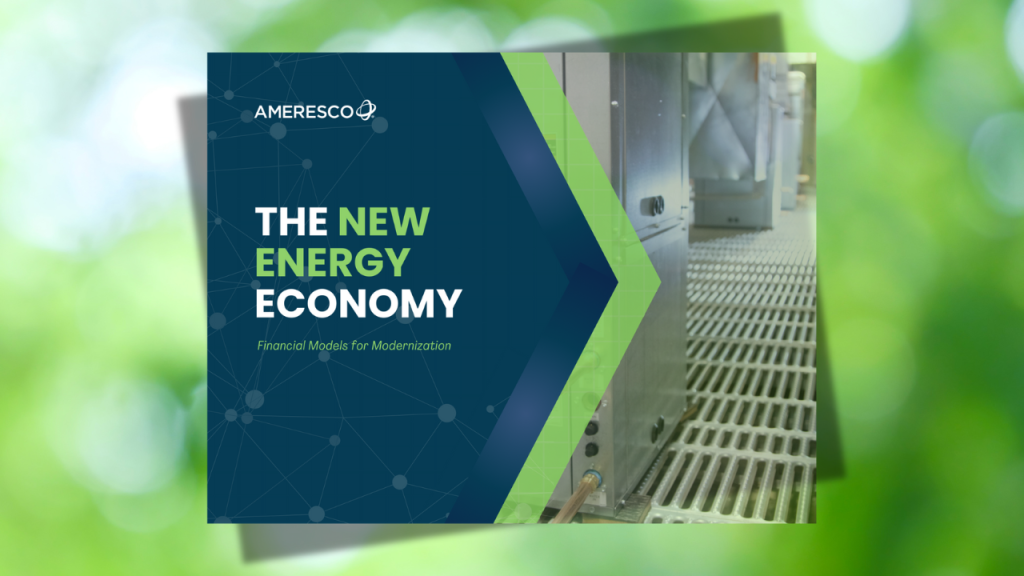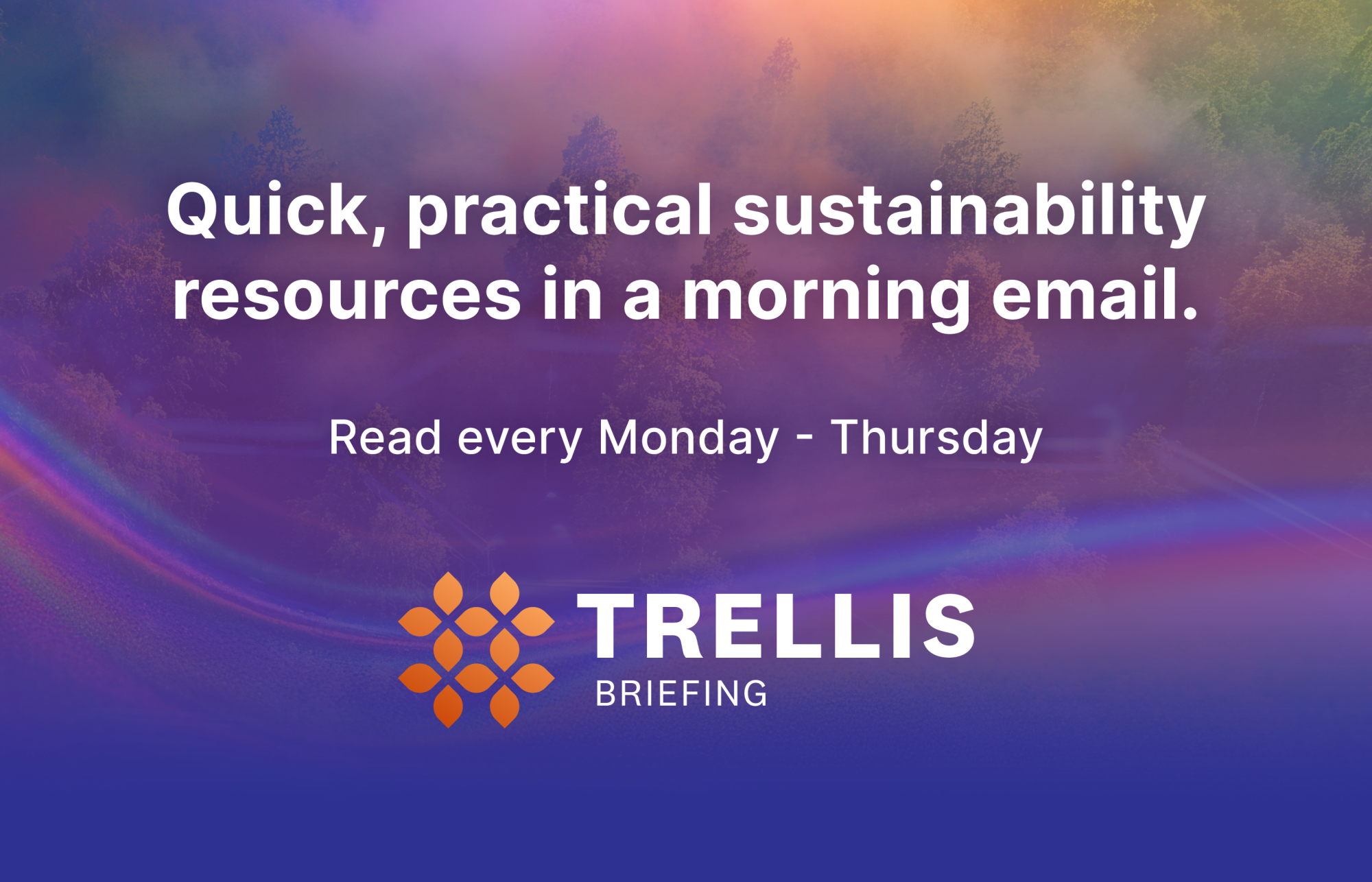3 striking takeaways from Walmart’s 2025 ESG update
The world's largest retailer won't make its 2025 emissions reduction target but remains committed to its 2030 goal. Read More
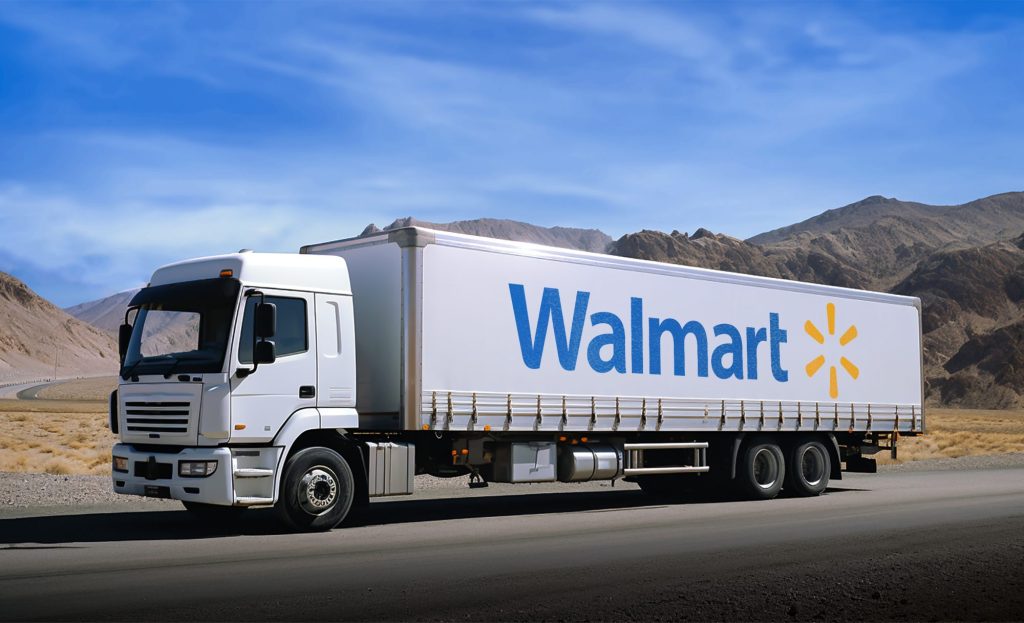
- Walmart’s operational emissions rose 1.1 percent in 2024 to 16 million metric tons.
- Emissions intensity, or the operational emissions per million dollars of revenue, has decreased 47 percent over the past decade.
- The company’s just-released report deliberately links sustainability goals to business value creation.
Walmart’s latest environmental report confirms what it warned of in December: the world’s largest retailer won’t meet its 2025 goal to cut the carbon footprint from its retail operations and energy consumption by 35 percent and looks unlikely to meet its pledge for a 65 percent reduction by 2030.
Yet, in its ESG report published Sept. 8, the company’s chief sustainability officer characterizes progress toward Walmart’s goal of reaching zero emissions by 2040 as “meaningful.” Why the optimism? Here are three highlights.
A big emissions intensity reduction
Walmart logged a 1.1 percent year-over-year increase in 2024 for its Scope 1 and 2 emissions to 15.7 million metric tons of greenhouse gases. On the bright side, the Bentonville, Arkansas, company has reduced that footprint cumulatively by 18.1 percent since 2015 — short of where it should be, but a significant cut from where it started.
“Progress isn’t always linear, especially for some of the longer-term goals that require partnerships across sectors, industries, communities and among different groups that have very different views about how to achieve outcomes,” said Kathleen McLaughlin, executive vice president and chief sustainability officer at Walmart.
That’s why another data point, emissions intensity, is an important “companion metric,” she said. It measures the ratio of operational emissions per million dollars of revenue, offering a different context for investors. Walmart has cut its emissions intensity by 47.4 percent over the past 10 years, while growing revenue roughly 40 percent to $684 billion. Emissions intensity decreased 3.7 percent for 2024
It’s easier for a company losing market share to cut its footprint than for one meeting its business growth objectives to do the same. “I think it’s important to consider that every banana we ship, every toaster that you buy from Walmart, the emissions footprint at that level is coming down,” McLaughlin said.
Walmart also studies this metric for its much larger Scope 3 footprint, which reached an estimated 636.6 million metric tons in 2024. For that emissions category, intensity has been reduced 6.2 percent since 2022.
A clear rationale for short-term increases
Walmart’s decision to in-source more of its fleet operations two years ago resulted in a 19.6 percent increase in transportation-related emissions. That strategic shift was necessary to support growth in Walmart’s e-commerce business and will yield more efficiencies over time; in effect, those emissions were transferred from Scope 3, so that Walmart can influence them more directly.
For the next few years, that number is likely to keep increasing, as Walmart navigates investments for both last-mile and long-haul delivery methods. The three biggest contributors to address: Class 8 tractor trailers, refrigerated trucks and warehouse vehicles.
Walmart is piloting alternative technologies, including heavy-duty electric vehicles and forklifts that run on hydrogen fuel cells, and it opened a renewable hydrogen fuel plant in Latin America.
A strong link to stakeholder value
The Sustainability section of Walmart’s 113-page report, which starts on page 25, deliberately links its climate goals — including those for water stewardship, sourcing and energy — to business value creation.
“Talk about your strategies in a way that helps people understand why you’re pursuing topics, why you’re pursuing strategies, why it’s good for your business, as well as for stakeholders,” McLaughlin said. “As you know, sometimes different stakeholders will have different views about issues or different language that they use, take time to understand that.”
One example is how Walmart is handling the overhaul of the refrigerants used to keep its products and buildings cool, which accounted for 57 percent of its Scope 1 footprint in 2024. That was a 2.4 percent decrease over the previous year, due to ongoing investments that were built into the company’s financial models and capital allocations.
All Walmart stores in the U.S., for example, undergo preventive maintenance and the company has hired more than 600 refrigeration technicians. When stores are updated or new locations built, Walmart requires the installation of cooling systems with lower global warming potential where commercially possible. So far, about 410 U.S facilities have been updated; as of August, Walmart had slightly less than 4,600 locations.

Subscribe to Trellis Briefing
Featured Reports

The Premier Event for Sustainable Business Leaders


